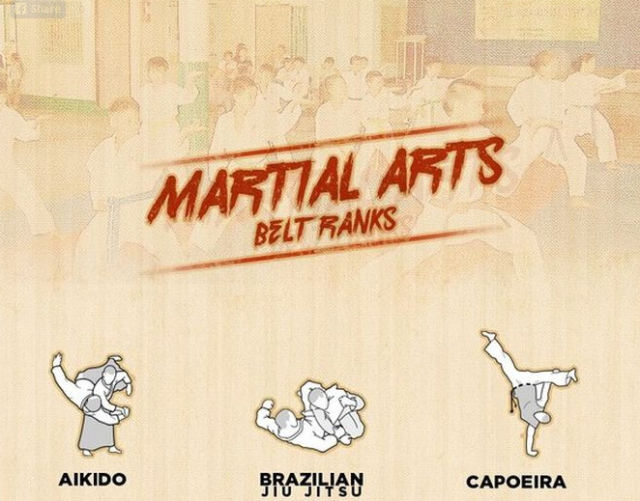What Are The Vital Contrasts Between The Technique Highlighted In Standard Martial Arts And The Competition Emphasis Of Modern-Day Battle Sporting Activities? Figure Out Exactly How These Differences Can Affect Your Journey
What Are The Vital Contrasts Between The Technique Highlighted In Standard Martial Arts And The Competition Emphasis Of Modern-Day Battle Sporting Activities? Figure Out Exactly How These Differences Can Affect Your Journey
Blog Article
Composed By-Ware Finnegan
When you consider martial arts, do you lean extra towards the traditional techniques or the modern-day battle sporting activities? Each course offers distinct advantages and experiences, shaped by their viewpoints and training techniques. Typical martial arts emphasize individual development and technique, while modern fight sports concentrate on competitors and efficiency. Comprehending these differences can assist you in selecting the best approach for your trip. Yet exactly how do these differences manifest in training and approach?
The Philosophy and Background Behind Traditional Martial arts
While lots of people link martial arts with physical combat, the philosophy and history behind typical martial arts run much deeper. You'll locate that these self-controls stress individual growth, self-control, and respect.
Stemming from old techniques, typical martial arts were usually developed for Self-Defense and spiritual advancement. They personify concepts such as balance, harmony, and self-constraint, guiding professionals beyond simple battling skills.
As you educate, you'll not just discover methods however also get insights right into the society and values that formed these arts. The rituals and practices, frequently given through generations, foster a feeling of area and belonging.
The Affordable Nature of Modern Battle Sports
Modern combat sports have actually transformed the landscape of martial arts right into an extremely affordable arena, where athletes take on in an examination of skill, method, and endurance.
You'll notice that competitions are typically organized with rigorous guidelines and laws, making sure fair play and safety and security. These occasions attract big target markets, fueling the excitement and strength of competitions.
Professional athletes educate carefully, not just for physical expertise however also for psychological durability, recognizing that every detail counts in the ring. The adrenaline rush throughout competitions is palpable, as fighters push their limits to declare success.
please click the following page and artistry included, making modern-day combat sports a thrilling spectacle that continues to develop and mesmerize enthusiasts around the globe.
Training Techniques and Strategies: A Relative Analysis
The competitive ambience of modern-day fight sporting activities needs cutting-edge training methods that vary dramatically from traditional martial arts.
In modern-day training, you'll concentrate on certain techniques, competing, and conditioning, usually utilizing drills that replicate real battle circumstances. preschool karate 'll see a focus on quantifiable efficiency and constant competition to assess your skills.
On the other hand, conventional martial arts focus on types, katas, and thoughtful mentors, frequently emphasizing technique and respect over competitors.
Training is usually much less extreme and might include repetitive technique rather than real-time sparring.
While both strategies develop skill and fitness, contemporary battle sporting activities offer an extra dynamic and adaptable training setting, preparing you for prompt obstacles in the ring or cage.
Choose the course that aligns with your goals and interests.
Verdict
In selecting in between standard martial arts and modern-day fight sporting activities, it truly comes down to what you value the majority of. If you're seeking personal development, discipline, and a feeling of area, traditional arts could be your best fit. However if you flourish on competition and real-time difficulties, modern-day battle sports could be the way to go. Eventually, both paths offer one-of-a-kind advantages, so it's all about aligning your training with your individual goals and interests.
